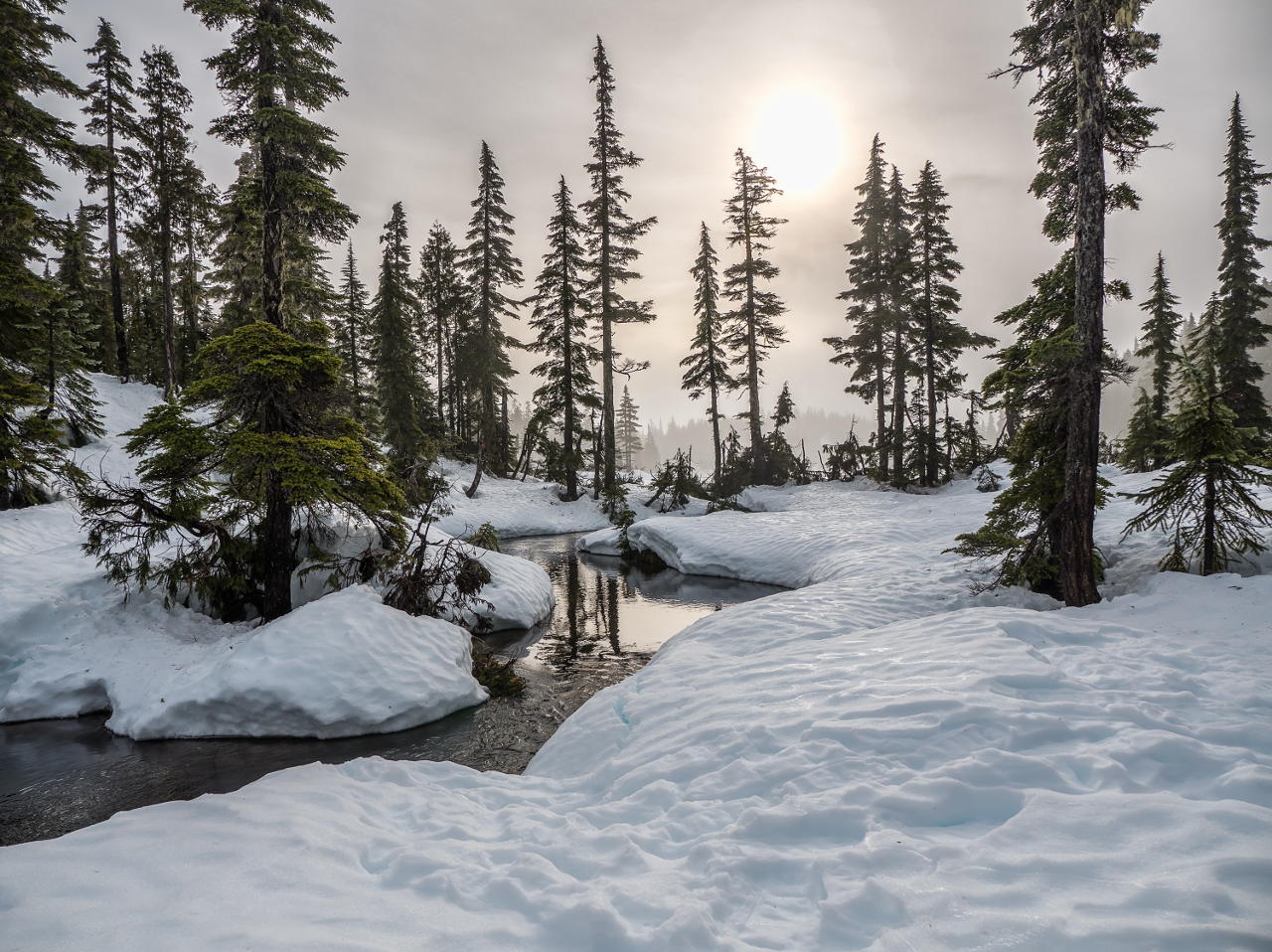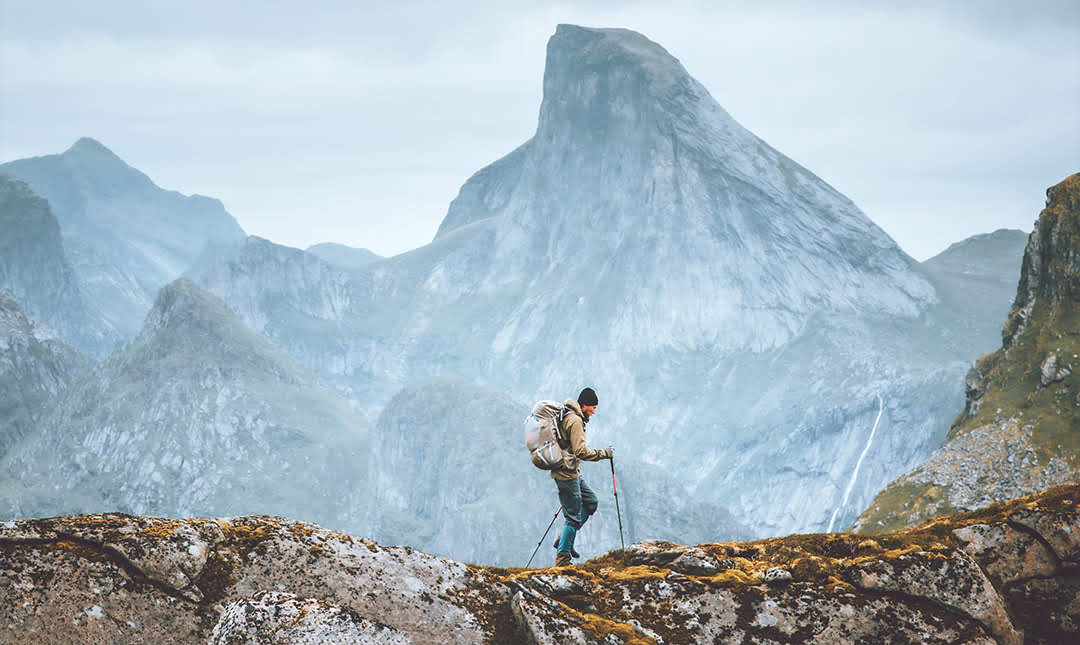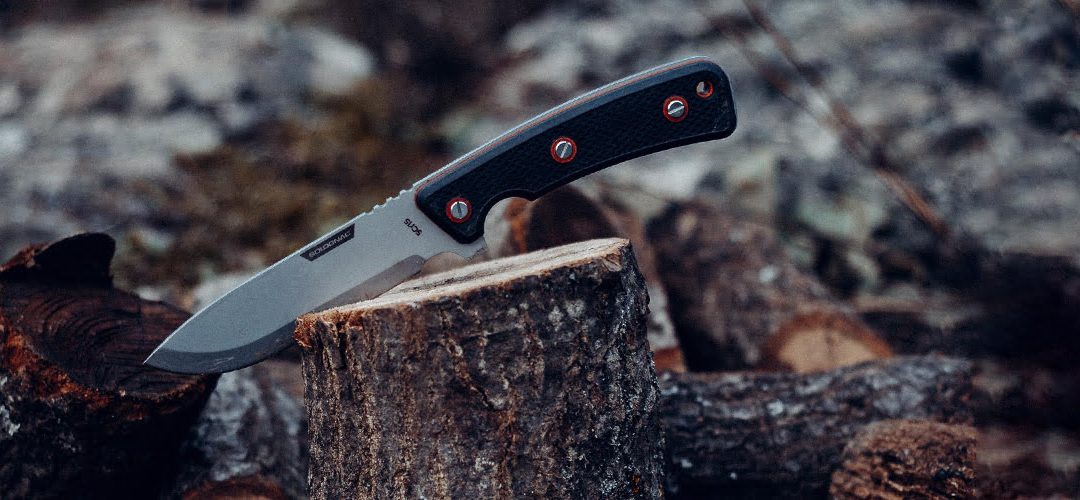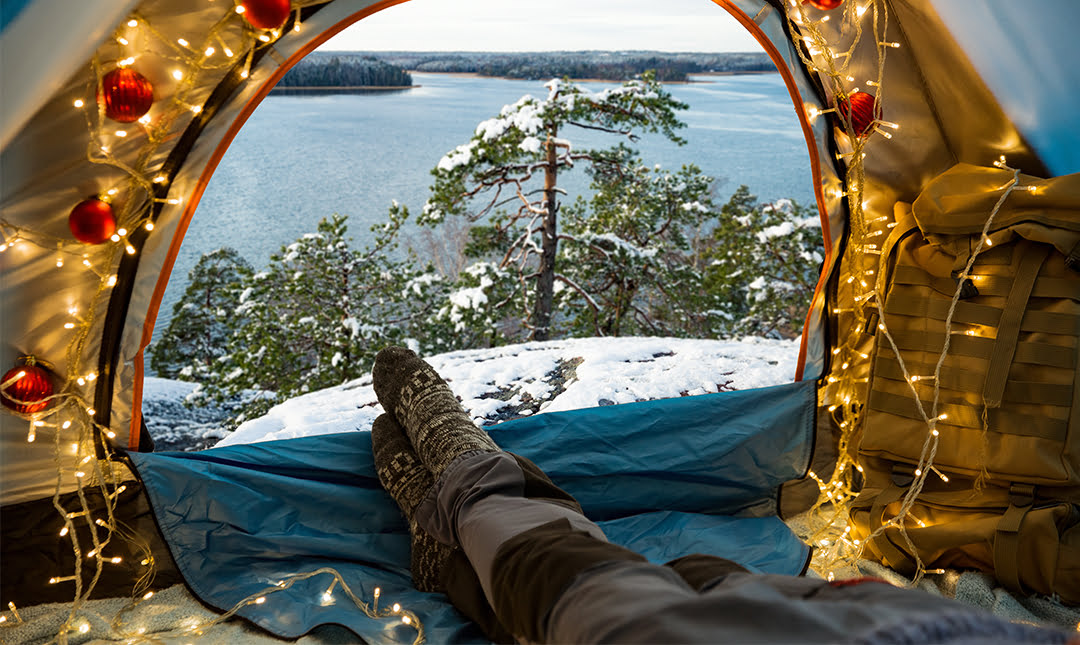Those who truly love camping love it year-round. Weathering the winter winds can be just as rewarding as sleeping under the summer stars. Of course, the keyword there is “weathering” — so if you’re going camping in the cold, make sure you pack the proper equipment!
The following items will help you stay prepared for the elements on your next winter camping adventure. Read on to discover what you’ll need, and how it will keep you and your party protected.
See also:
What Makes Winter Camping Different?
Camping in the winter will be colder than going during other seasons — but that’s not all that makes it different. In addition to planning for extreme temperatures, you’ll also need gear built for environmental conditions such as ice and snow. Winter campers in backcountry regions will also need protection from howling winds, freezing rain, and avalanches — you know, all the fun stuff!
Finally, make sure you carefully study the area you plan to camp in before leaving home. That’s common sense for campers at any time of year, but in winter, it’s especially crucial since emergency help will likely be harder to reach and will take longer to arrive if you need it.
The Winter Camping Gear You Can’t Go Without
This gear can be useful on any camping trip — in fact, we don’t even recommend that you go camping in the summer without it. However, winter camping trips usually require specific versions of the items listed below, or additional knowledge on using them. Read carefully, so that you’ll know the difference between a sleeping bag that will save your life and one that will just turn you into a frozen burrito for bears.
Warm Clothes
Layers are the law when it comes to camping — but in winter, you’ll need to choose them extra carefully. Just throwing a sweater and some wool socks over generic long underwear won’t necessarily be enough to stop a chill from seeping in through the fabric. We recommend the following three-layered approach:
- An inner layer of thermal underwear made from moisture-wicking merino wool or synthetics
- A mid-layer made from either flannel or fleece
- A top layer that offers strong protection against wind and moisture (such as a ski jacket with a GORE-TEX membrane)
As a general rule of thumb, winter campers should avoid clothing made from cotton. Cotton fabrics can absorb as much as 27 times their weight in water, and don’t hold body heat nearly as well as synthetic or merino wool products.
Extra Food
As we’ve mentioned in other posts, high-calorie food is your friend when you go camping in the wintertime. The more energy you consume, the more heat your body can produce while burning it, making fat- and protein-rich foods ideal. Stock up on bacon, pre-cook a pot of chilli, and pack a few frozen beef burritos — you’ll need to eat roughly double your regular daily caloric intake to keep your energy up. Yum!
Clean Water
What, did you think you could just melt snow to make water? Well, you can — but only if you have a way to purify that water before you drink it. Bringing water purification tablets and a portable stove will allow you to top up your supply if you’re camping in a snowy region. That said, it’s still a good idea to fill your canteens and hot water bottles before embarking.
Shelter
Pay special attention to your tent and sleeping bag while packing for a winter campout. It’s vital to take a tent that is rated appropriately for the conditions you expect to face.
We strongly recommend taking a 4-season tent, as they are made from stiff materials and generally designed to be more compact. These qualities make them sturdier in high winds, less likely to collapse under snowfall, and better at insulating heat.
Mummy bags are generally better for cold-weather camping than standard rectangular sleeping bags. The extra room in a rectangular bag may seem more comfortable at first, but your body will have to produce more heat to warm the excess air between you and the bag as you sleep. Mummy bags are much more snug, meaning you’ll lose less heat at night.
Finally, make sure to carry an emergency shelter on your person to use if you get separated from your campsite and can’t find your way back. Tarps and spare blankets can serve this purpose in the spring or summer, but it’s a safer bet to carry a bivy sack in winter.
Firestarter
You always need a way to start a fire when you’re camping, but winter campers can’t always rely on finding firewood at their campsite. Snowy tinder will most likely be too wet to burn, so you’ll need to bring your supply or pack an artificial heat source. Portable stoves will also help you melt snow into water, as mentioned above.
A Knife
There’s no such thing as a knife just for winter, but you’ll want any utility knife you bring on a winter camping trip to satisfy a few criteria. Firstly, you might want to bring a knife with a brightly-coloured handle so that it won’t get lost if you drop it in the snow. Secondly, consider bringing a knife with a padded grip so that you’ll be able to use it comfortably in the cold.
First-Aid Supplies
Winter first-aid kits should come with a few items not found amongst typical medical supplies. Most of these are for preventing hypothermia by raising a person’s body temperature. You’ll want:
- Hand warmers
- A mylar blanket
- Waterproof matches
- An instruction manual for dealing with hypothermia and frostbite
Finally, make sure you take along a safety whistle and a pack of flares. You’ll need them if you become separated from your party or need to be found by a search and rescue team.
Navigation Tools
Don’t count on electronic navigation tools when you’re camping in sub-zero temperatures. Battery-powered devices are notoriously unpredictable in the cold, so take a map and compass along — and make sure you know how to read both of them. Pace counting beads can also help you determine how far away you are from your campsite if a blizzard obscures your tracks or covers up landmarks.
A Headlamp
Flashlights are great for lighting your way in the dark, but they’re not as good for helping you work in dim conditions — since you need an entire hand just to hold them. Lanterns are a great alternative when you can rest them on solid ground, but they’re more likely to sink or tip over when you put them in snow.
Headlamps provide reliable and controllable illumination while leaving your hands free. Just remember to take an external battery pack if you’re camping in the cold since these devices can be just as susceptible to battery problems as an electronic GPS.
Sun Protection
We know — now that summer’s over, you’ve already stowed away the sunscreen. Well, you’d better dig it out of the closet and pack it into your winter camping supplies, because the sun still shines in the wintertime.
What’s more, snow and ice can reflect up to 80% of the sun’s UV rays into your eyes and skin from unexpected angles, causing damage and obscuring your vision during potentially dangerous activities. Besides sunscreen, always bring a pair of polarized sunglasses on a retainer leash, plus a sun-hat and SPF-rated lip balm.
With Winter Camping Gear, Details Make the Difference
While you might enjoy camping in any season, not all of your gear will serve you year-round. Learning how to augment your regular loadout will ensure that you stay protected from bad weather and ready for action — even in the harshest environments.





Recent Comments